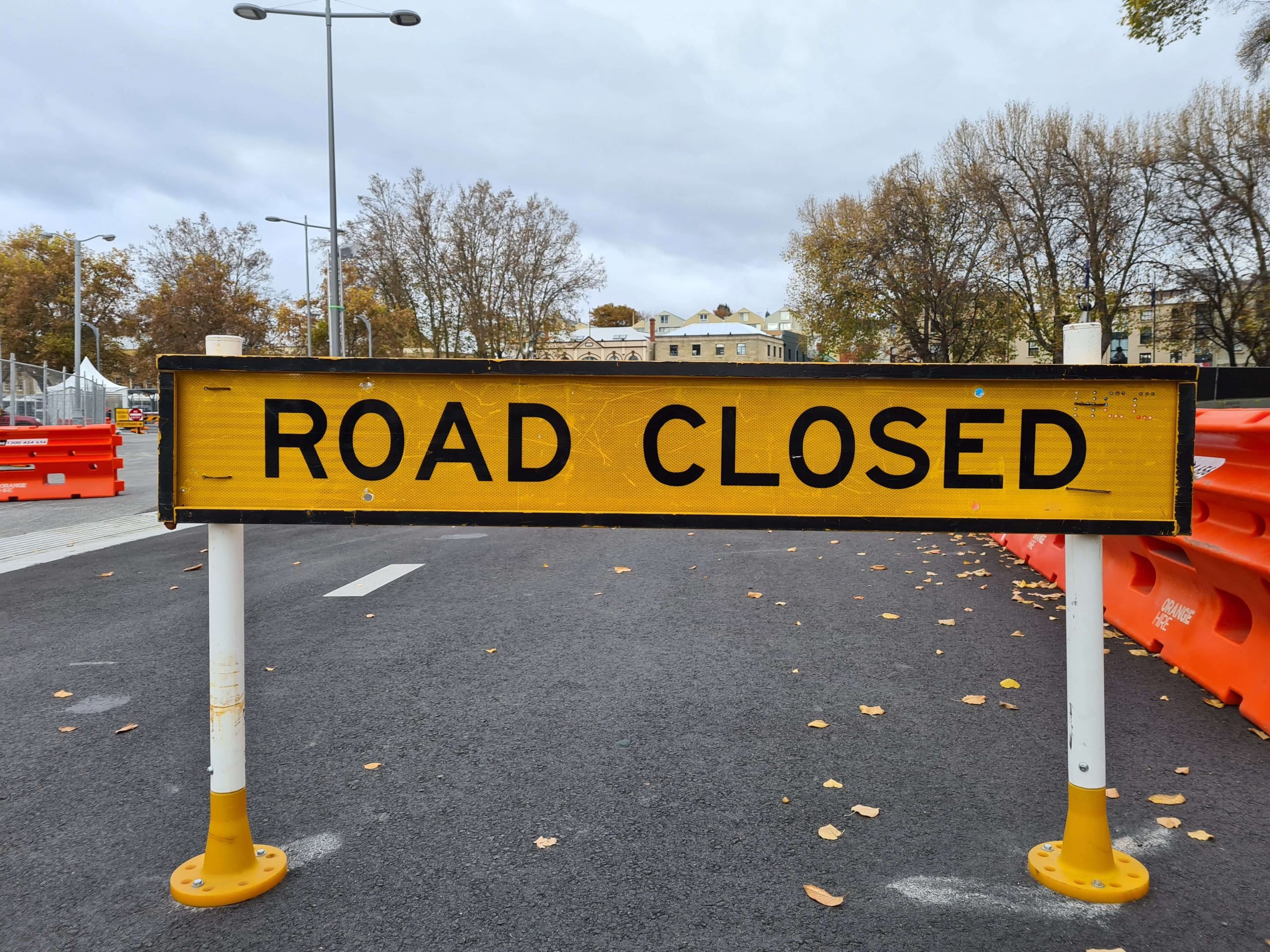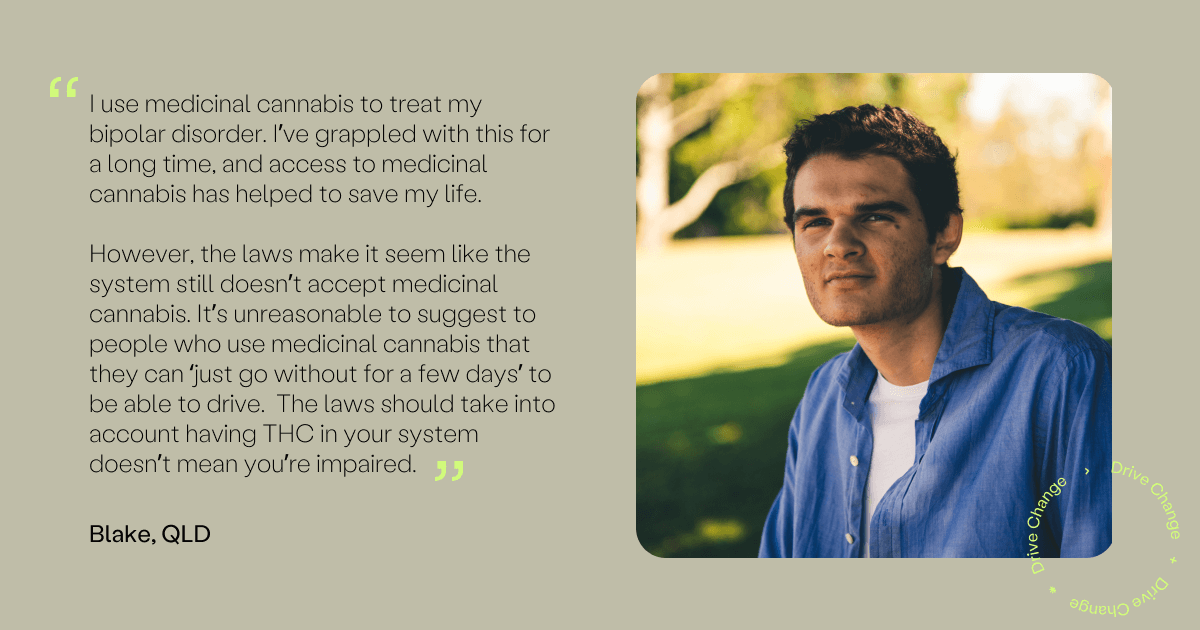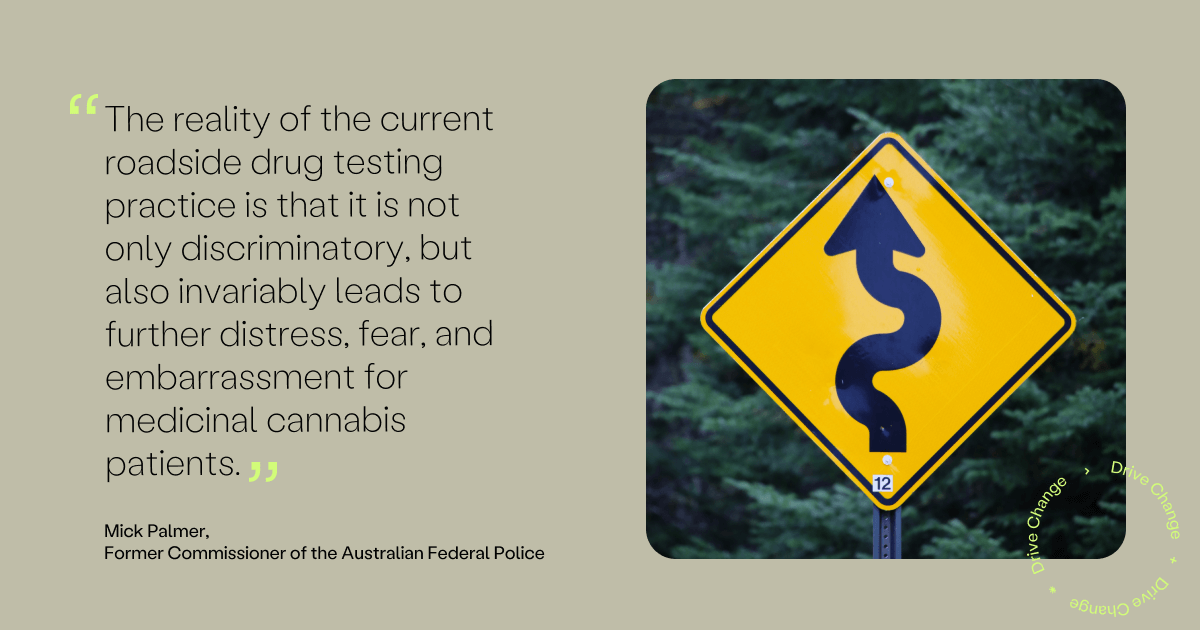This article is written by Drive Change ambassador Michael White. Below, he shares his experienced insight and analysis of recent data on medicinal cannabis and its effects on driving.
As a person who has been involved in drug-driving policy and research for over 25 years, I have recently been asked to provide answers to the following four questions in relation to the road-safety implications of driving after using cannabis.
These are probing questions that get to the heart of the matter. They are the questions that policy makers need answers to, if they are to develop evidence-based policies in relation to driving after the use of cannabis.
Q1. Does research show that risk of crashing when there is THC in the bloodstream are significantly higher than when there is no THC in the bloodstream (based on an unbiased odds-ratio calculation)?
My answer is ‘no’ – when study biases are taken into account.
In other words, the presence of THC in the blood is not associated with a higher risk (odds ratio) of crashing. To come to this conclusion I reference a recently completed epidemiological review1 of the cannabis-crash literature that I have co-authored with my colleague Prof Nick Burns (White & Burns, 2021), which is that the null-hypothesis (cannabis-crash odds ratio = 1.0) cannot be rejected.
However, that statement of our conclusion is, of course, compatible with the true odds ratio being slightly greater than 1.0 – such as 1.2. However, my opinion is that the true odds ratio most probably really is 1.0.
Q2. Does research show that driving performance is degraded when there is THC in the bloodstream compared to when there is no THC in the bloodstream?
Yes, so we have a problem.
Why does the degradation of performance (impairment) not increase the cannabis-crash odds ratio? There are many things to be taken into account. Cannabis users are not inclined to drive soon after using, especially if they feel intoxicated. Cannabis impairment is generally weak, and probably normally below a threshold where driving performance is dangerously degraded.
Furthermore, while there could be a small increase in crash risk due to impairment, it is probably balanced by a small decrease in crash risk due to more cautious driving (as demonstrated by slower travelling speeds and greater headways).2
Given the role of speed in crash causation, a little extra caution could go a long way. Nick Burns and I are working together again to review the literature of the impairing effects of cannabis.
Q3. If medicinal cannabis has effects on driving performance, then is there a time window after ingestion of THC when impairment is most likely to degrade driving performance?
Yes, there is a time window. Its duration has been explored in a couple of recent reviews.3 4 The most conclusive evidence we have so far is this:
For smoked cannabis, it is probably about three hours from the moment it is ingested. For edibles, such as cookies, it is probably a bit longer, starting after a delay of at least half-an-hour. The two aforementioned reviews also indicate that low-level impairment can, in some cases, last beyond three or four hours.
Q4. Does a performance-based test exist which can measure any decrease in performance that might arise from having THC in the bloodstream?
No. There is too much individual variation in any performance tests and too much individual variation to be able to accurately gauge levels of THC impairment. However, the answer could possibly be ‘yes’ if baseline levels of performance could be established for individuals.
Still, even then, the measured performance decrement due to THC would probably be irrelevant to crash risk.
There is a smartphone app known as the ‘DRUID test’ that seems to be popular in some quarters for measuring driver impairment. A recently published paper that includes an evaluation of the test can be viewed from the journal’s website here.
- For a copy of this review, please email a request to mawhite8@internode.on.net.
- White, M. A., & Burns, N. R. (2021). The risk of being culpable for or involved in a road crash after using cannabis: A systematic review and meta-analyses. Submitted for publication.
- Eadie, L., Lo, L. A., Christiansen, A., Brubacher, J. R., Barr, A. M., Panenka, W. J., & MacCallum, C. A. (2021). Duration of neurocognitive impairment with medical cannabis use: A scoping review. Frontiers in Psychiatry, 12, Article 638962.
- McCartney, D., Arkell, T. R., Irwin, C., & McGregor, I. S. (2021). Determining the magnitude and duration of acute delta-9-tetrahydrocannabinol-induced driving and cognitive impairment: A systematic and meta-analytic review. Neuroscience and Biobehavioral Reviews, in press.




